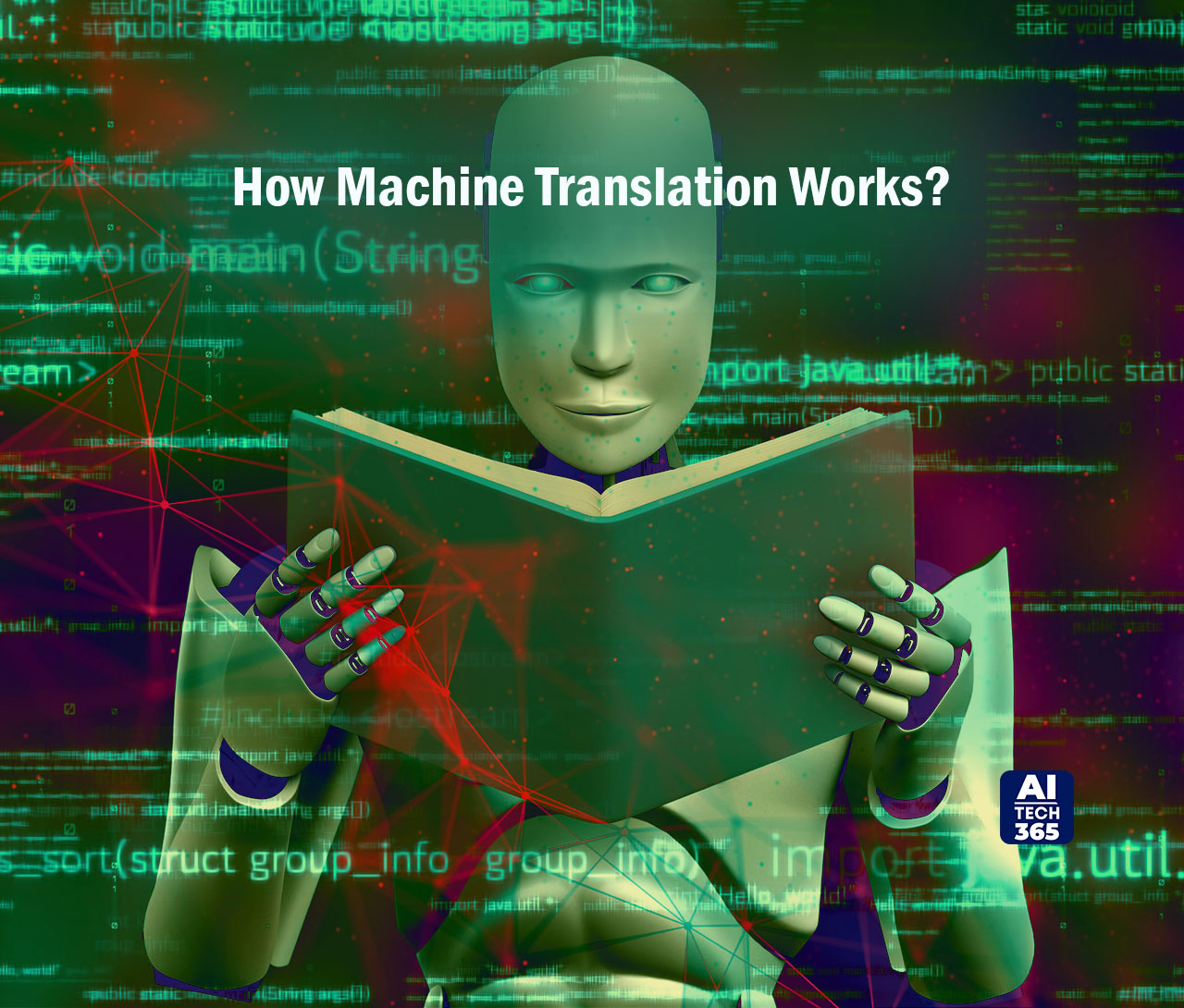Machine translation (MT), a transformative field in artificial intelligence and computational linguistics, has revolutionized the way global communication operates. By employing algorithms and sophisticated language models, MT aims to automatically translate text or speech from one language to another, breaking down linguistic barriers and fostering cross-cultural understanding. Let’s delve in and understand everything about it.
What Is Machine Translation?
Machine translation (MT) technology revolutionizes communication by seamlessly converting text or speech from one language to another through computer algorithms.
In sectors like marketing and technology, MT empowers website localization, expanding businesses’ outreach by rendering their websites in multiple languages. Moreover, it streamlines multilingual customer support, fostering effective communication between enterprises and their global clientele. Language learning platforms leverage MT to offer real-time translations, enhancing learners’ grasp of foreign languages. These translation services also break down language barriers, facilitating smoother communication among individuals.
Some machine translation software available online include DeepL, Google Translate, SYSTRAN Translate, PROMT, and Smartling.
How Machine Translation Works?
Machine translation operates through sophisticated algorithms and machine learning models to automatically interpret text or speech from one language into another. Here’s a breakdown of its process:
- Preparation: The input text or speech undergoes preparation through filtering, cleaning, and organization.
- Training: MT system is trained using a vast array of examples containing texts in multiple languages alongside their corresponding translations.
- Learning and Analysis: The system scrutinizes and learns from these examples, discerning patterns and probabilities associated with word or phrase translations.
- Translation Generation: When presented with new text to translate, the system utilizes its acquired knowledge to generate the translated version.
- Refinement: Following the translation generation, additional adjustments may be applied to enhance the accuracy and fluency of the results.
What Is A Neural Machine Translation?
Neural machine translation (NMT) employs neural network models to grasp statistical patterns in MT. Unlike conventional statistical methods, NMT doesn’t rely on a series of specialized systems and can be directly trained on source and target text. It utilizes an artificial neural network to anticipate the probability of word sequences, typically encapsulating entire sentences within a single integrated model. NMT systems demand significantly less memory compared to traditional statistical models, and all components of the neural translation model are trained simultaneously (end-to-end) to optimize translation performance.
NMT is grounded in deep learning principles, where a neural network with multiple layers processes input data. In translation, this entails training the network on a vast bilingual text corpus to enable it to forecast the probability of word sequences in the target language based on sequences in the source language. This methodology has swiftly emerged as the dominant technology in automated translation services, surpassing traditional rule-based and statistical methods, and yielding translations that are more fluid and closer to human-like quality.
What Is The Difference Between Machine Translation and AI?
Machine Translation uses artificial intelligence to automatically translate text and speech from one language to another. It relies on natural language processing and deep learning to understand the meaning of a given text and translate it into different languages without the need for human translators. While it can quickly and cost-effectively translate large volumes of non-critical content, it may have limitations in accuracy and contextual understanding.
On the other hand, AI Translation, particularly generative AI translation, teaches itself translation rules by recognizing the connections between two languages. It employs artificial neural networks to take more complex structures and contexts into account in the translation process. This approach has led to significant improvements in MT, resulting in translations that are more fluent and closer to human-like quality. AI translation is best suited for more accurate, contextual, and on-brand translations, making it the preferred choice for certain types of content.
Use Cases of Machine Translation
MT offers diverse benefits across various industries:
- Travel and Tourism: Facilitates seamless communication for travelers in foreign countries, eliminating the need for human translators and enhancing their overall experience.
- E-commerce and International Business: Enables online businesses to expand globally by automatically translating product descriptions, reviews, customer support, software, websites, and marketing content. This ensures easier understanding and accessibility for customers worldwide, fostering increased sales and market reach.
- Media and Publishing: Empowers news articles, blogs, and other written content to reach a global audience swiftly. MT accelerates the translation and distribution process, breaking down language barriers and fostering better engagement with readers worldwide.
- Customer Support and Service: Enhances customer support experiences by instantly translating conversations with customers, whether conducted over the phone or through online chats. This facilitates smoother communication and ensures efficient resolution of queries and concerns.
- Healthcare and Medical Research: Plays a crucial role in translating medical documents, research papers, and patient records across different languages. MT facilitates collaboration among researchers and healthcare professionals worldwide, improving access to vital information and advancing medical knowledge globally.
4 Best Practices for Increasing Effectiveness of Machine Translation Tools
To maximize the effectiveness of your MT tools and ensure high-quality translations, adhere to these four best practices:
- Clarify Objectives: Define your objectives clearly. Determine whether you seek a general understanding or require precise translations for specific purposes, such as integrating MT into your models.
- Assess Input Formats: Evaluate the input format and select the appropriate MT tool accordingly. Different tools excel in varying text types; for instance, Google Translate performs well with short, straightforward sentences, while DeepL handles longer, more intricate texts adeptly. Choose the tool that best aligns with your requirements.
- Enhance Input Quality: Improve output quality by optimizing the input. Properly format the text, rectify any errors, and provide context wherever feasible. This enhances the MT’s ability to generate accurate and coherent translations.
- Review and Edit Output: Even top-tier MT tools may necessitate human post-editing, particularly for sensitive or technical content. Utilize automated editing tools where applicable to refine the output and ensure linguistic accuracy. This step is crucial in maintaining translation quality and mitigating potential errors.
Winding Up
Machine translation continues to play a vital role in breaking down language barriers, enabling efficient communication, and expanding global accessibility to information and services. While it offers quick and cost-effective translations, advancements in AI and generative technologies are driving improvements in accuracy and contextual understanding, paving the way for more fluent and nuanced translations. As MT technologies evolve, they are poised to further enhance cross-lingual communication and accessibility in diverse fields, from business and education to technology and entertainment.





